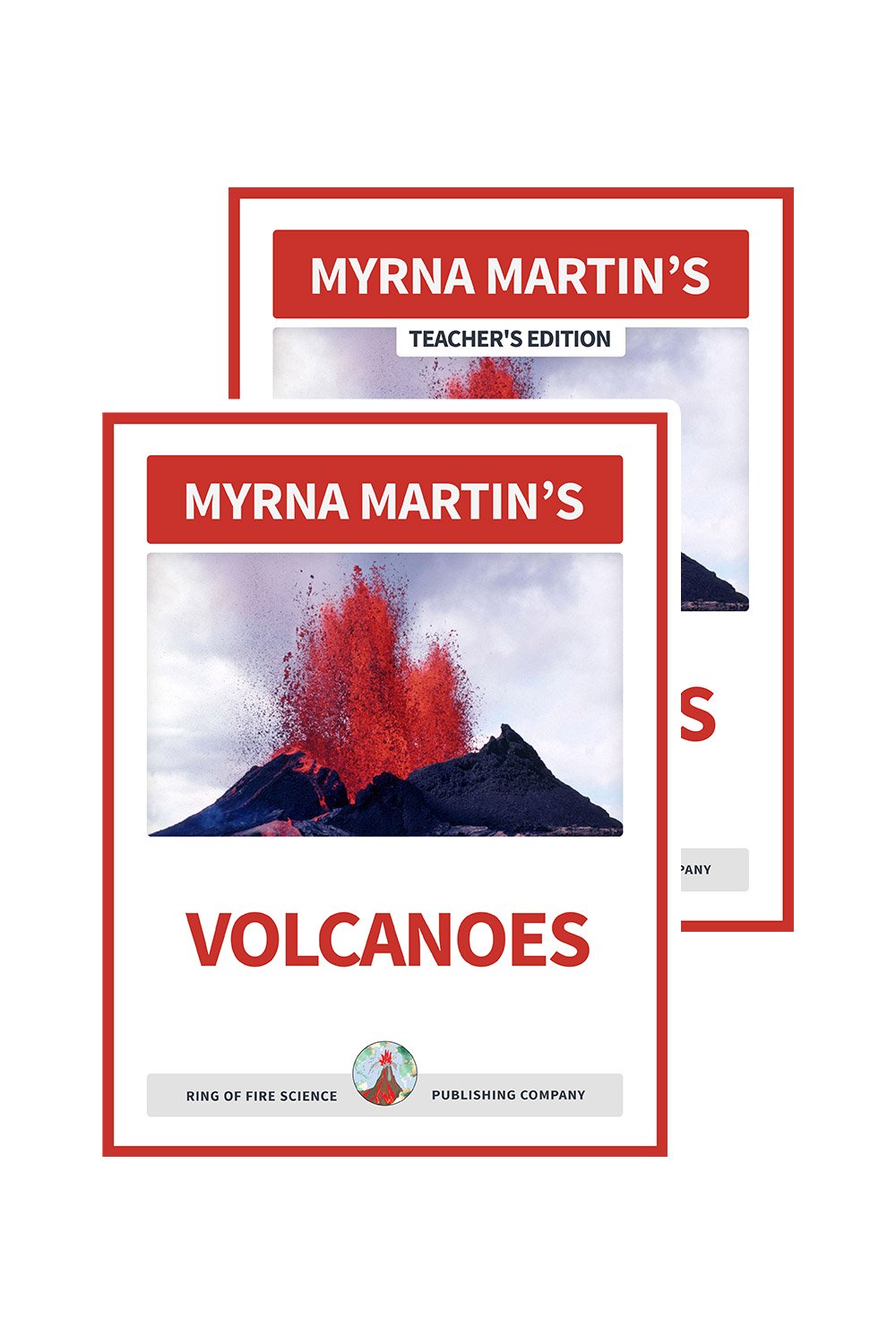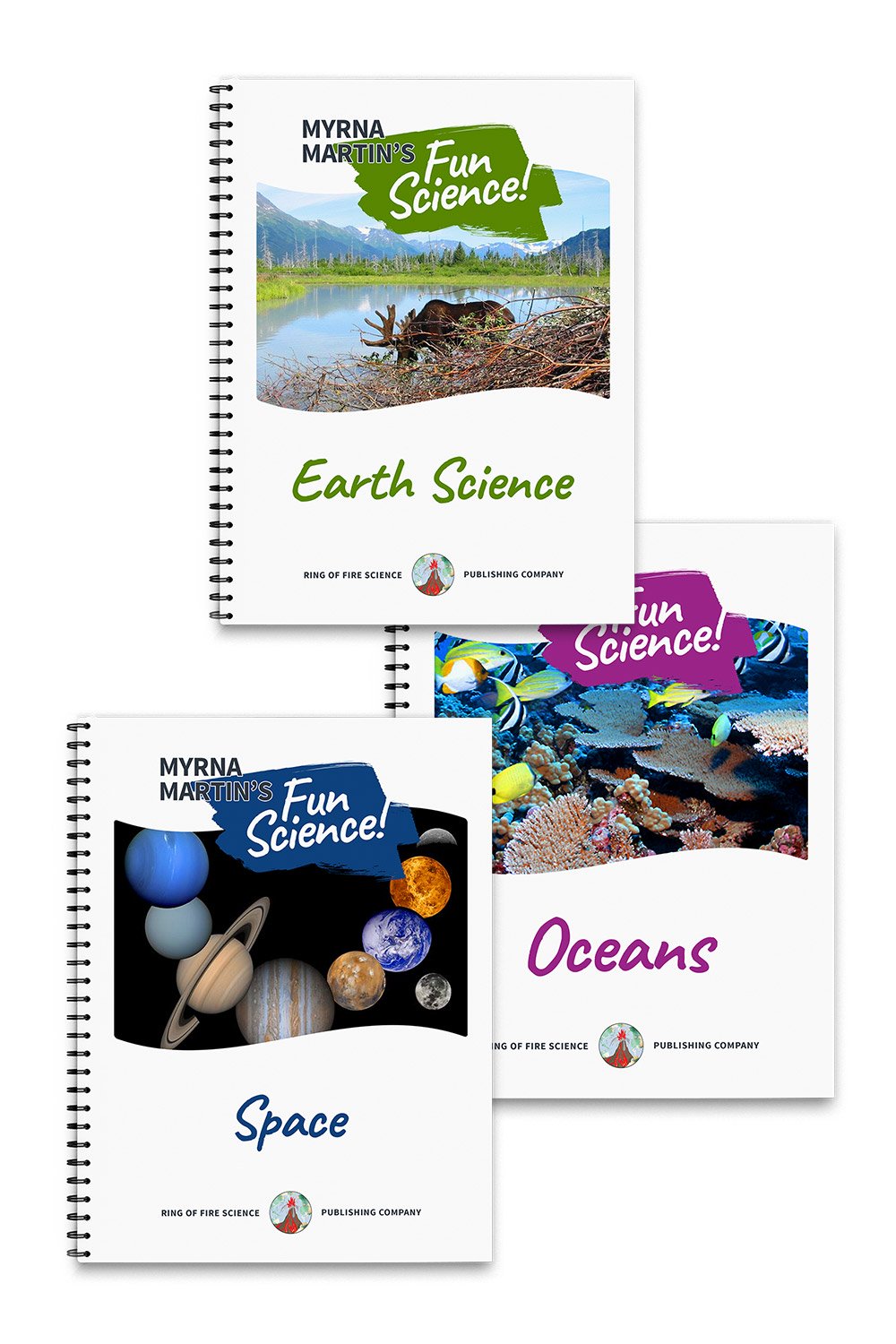The Earths Mantle
The Earths mantle lies between the crust and the outer core of our planet. It is a rocky shell similar to Mercury, Venus and Mars. The mantle is 2,890 km (1,800 mi) thick. It is 85% of the Earth's volume and encloses the liquid core. The mantle is divided into the upper and lower mantle.
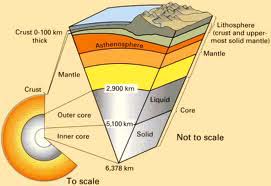
Upper mantle boundary
The upper mantle starts at the Moho boundary. This boundary was discovered by the Croatian seismologist, Andrija Mohorovicic. Earthquake waves travel at a slower speed prior to reaching this boundary.
The average depth of the crust is 32 kilometers and 8 kilometers beneath ocean basins. The irregular layer's maximum thickness is approximately 200 km. It was discovered in 1909. This boundary is the crust-mantle boundary.
Upper mantle rocks
The upper mantle and the crust are both part of the lithosphere. The lithosphere is made of rigid rocks. Beneath the Moho boundary the rocks in the upper mantle flow more like glass when it is heated. The rocks in this part of the mantle will also break apart creating deep earthquakes. Rocks in the mantle are rich in iron and magnesium minerals compared to continental rocks. The mantle rocks are typically peridotite and dunite in the upper mantle down to a depth of about 410 kilometers.
These rocks contain a large percentage of olivine, pyroxene minerals and garnets. At depths of more than 400 kilometers olivine becomes unstable and recrystallizes into new rocks that are stable at the increasing heat and pressure. Below 650 km all the minerals become unstable.
Lower mantle
The transition zone between the upper and lower mantle is at a depth of about 220 km. Inge Lehmann was the first to observe evidence of this boundary. The lower mantle reaches a depth of 2,890 km. where it transitions into the Earth's outer core.
Little is known about the lower mantle and the rocks that make up this part of the Earth. Studies indicate that the rocks do not flow as easily in this part of the Earth due to increasing heat and pressure.
Scientists study the changes in the minerals at these depths using seismic waves that are deflected and change speed.
More Facts About Earth Links
KIDS FUN SCIENCE BOOKSTORE
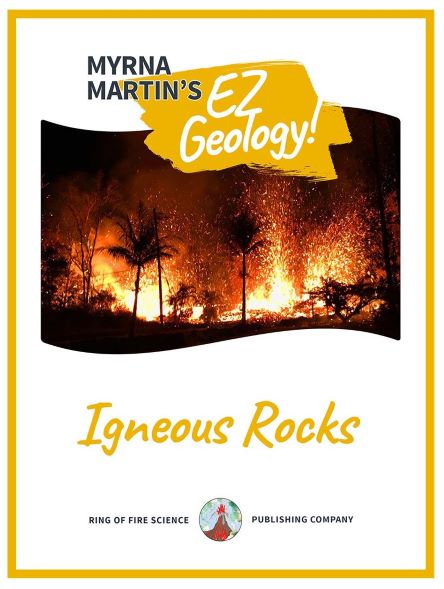 |
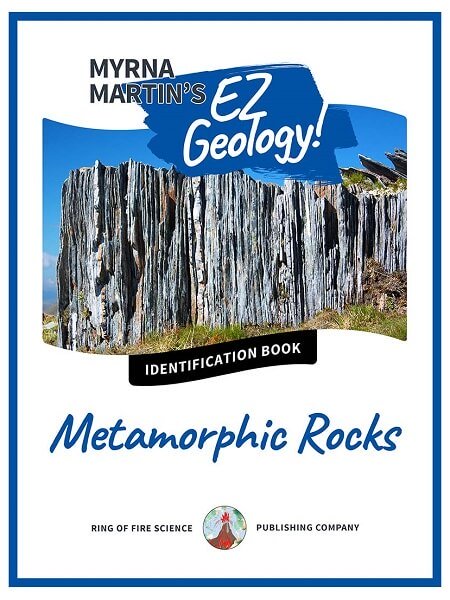 |
Check out Myrna Martin's award winning textbooks, e-books, videos and rock sets. The Kids Fun Science Bookstore covers a wide range of earth science topics. Click here to browse.
Sign up to our monthly newsletter and receive our FREE eBook containing 3 fun activities that don’t appear in any of our other books!
The Kids Fun Science monthly newsletter will include the following: current events, weird and fantastic facts, a question of the month, science trivia and the latest new content from our website.
We respect your privacy and you can be assured that we will never share your email address or use it for any other purpose than to send you our newsletter.



